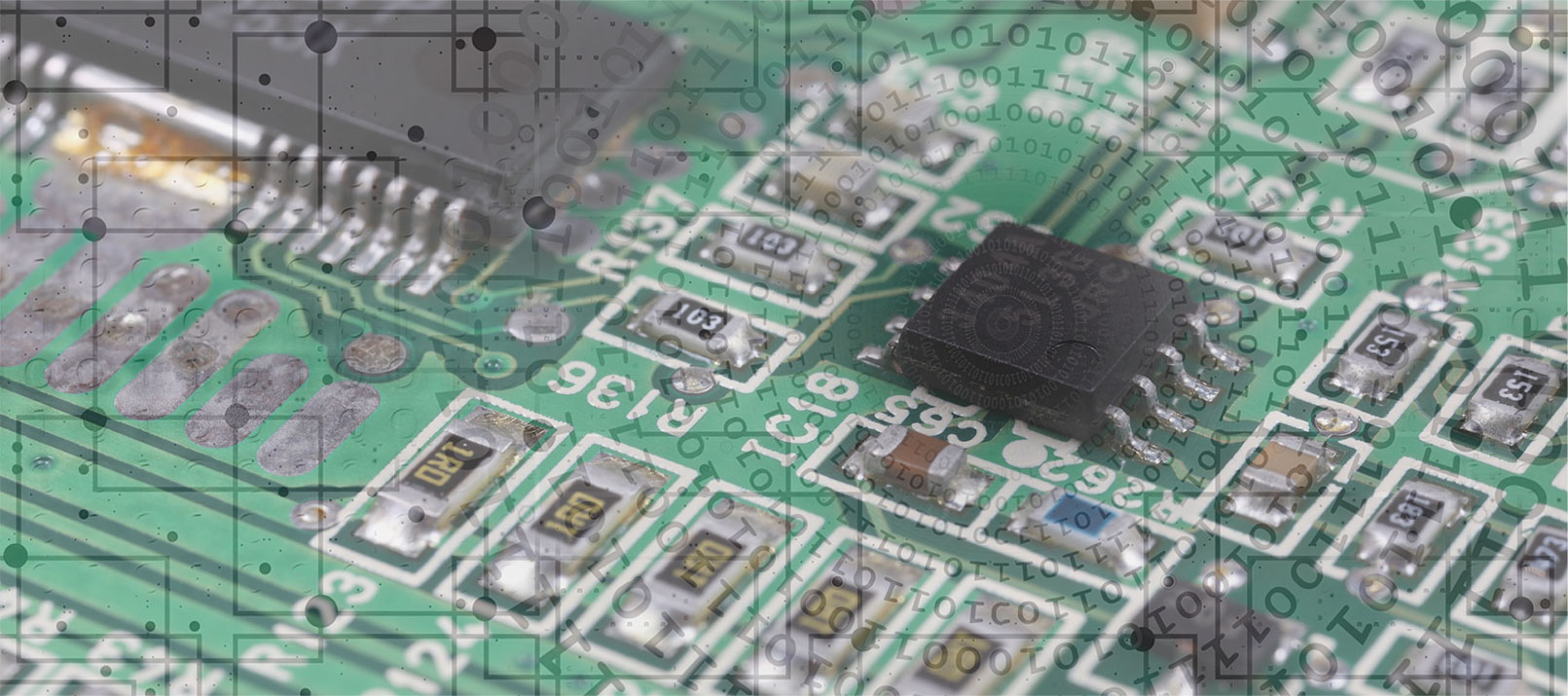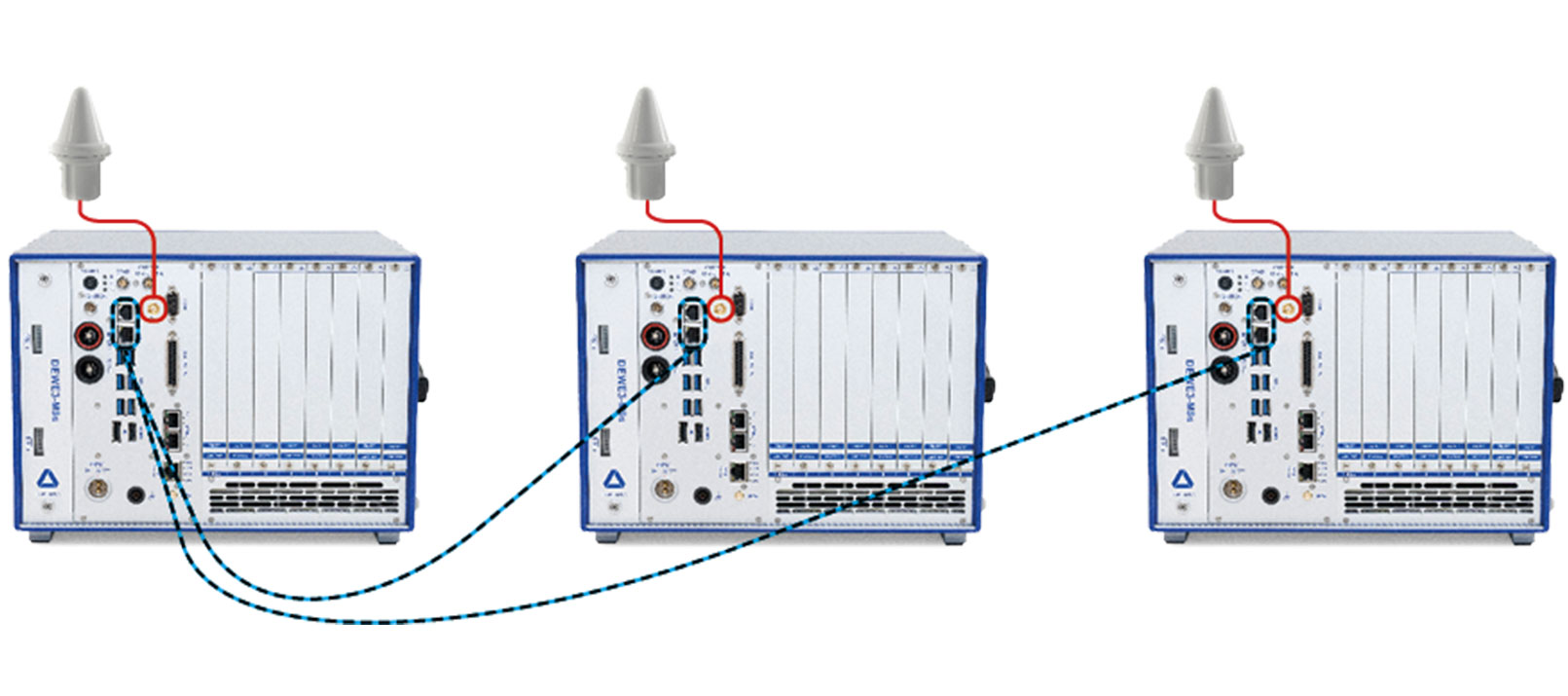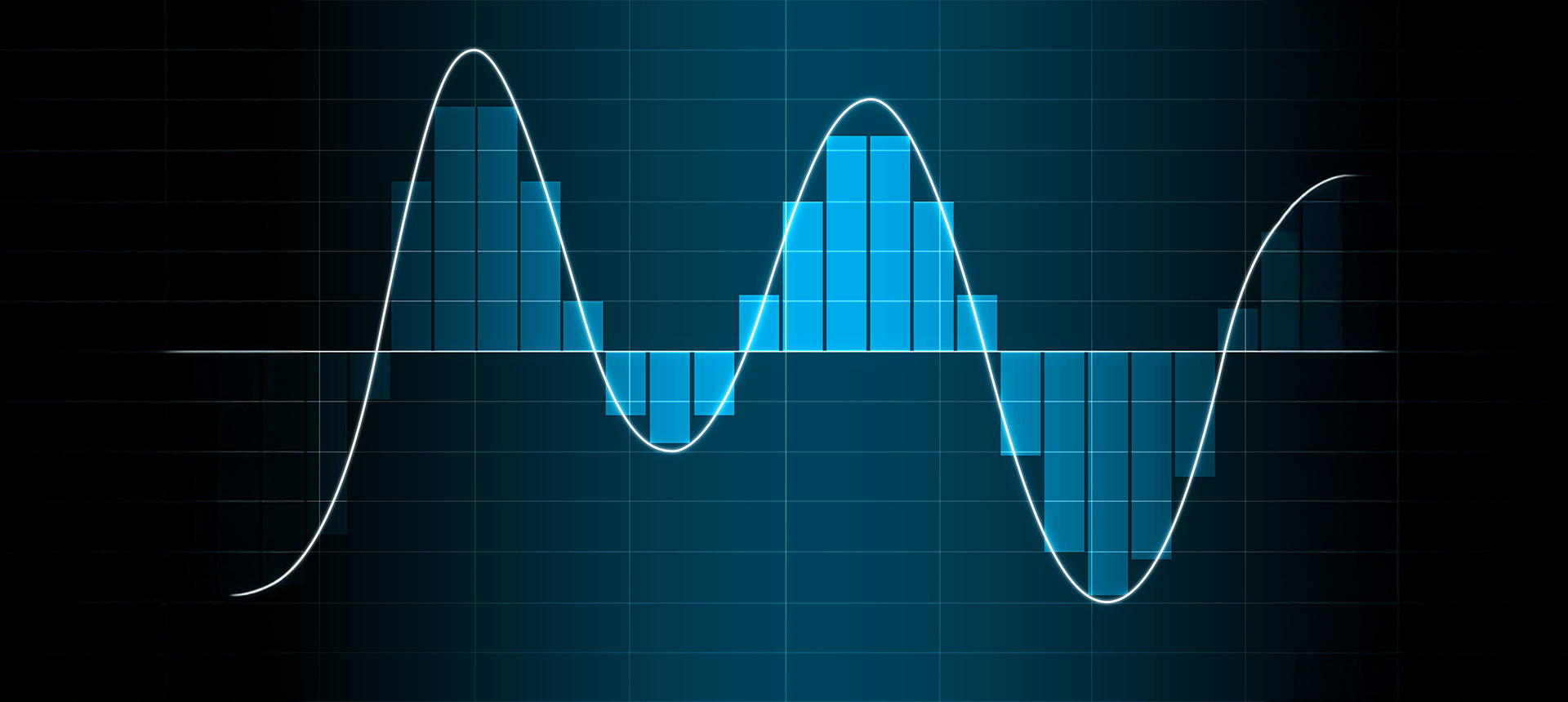Three basic rules of electrical engineering

Every week, we tell you something interesting about measurement engineering, our test and measurement systems or introduce useful OXYGEN features to you. Today, we would like to go one step back and explain some fundamentals measurement engineering is based on – electrical engineering.
To measure some parameters sounds so easy, doesn’t it? In fact, it is easy. But it is even easier if you know the physical laws behind the parameters you would like to measure.
Three physical sizes you always come across in the test and measurement sector and in electrical engineering are voltage, resistance and current. The so-called Ohm’s law explains how those three parameters correlate.
Ohm’s law
Ohm’s law has been founded by the German Physicist Georg Simon Ohm in 1826. That’s where the law got its name from. This law is very important in electrical engineering. Ohm defined the following rule: If you have a fixed resistance and strain it with two different voltages, you can see that the current in- or decreases in relation to the voltage.
If you use a fixed current and the resistance changes, you can see that the current value increases with decreasing resistance. With increasing resistance, the current value decreases.
A simple formula describes Ohm’s law:
U = R * I
Voltage [V] = Resistance [Ω] * Current [A]
Kirchhoff’s laws
All calculations within electrical circuits are based on the two Kirchhoff’s laws. They have been founded by Robert Kirchhoff, another German Physicist.
Kirchhoff’s first law
Kirchhoff’s first law is also known as Kirchhoff’s current law and also a basic rule of electrical engineering. It says that nodes appear if resistances are parallel connected. Those nodes are called nodes of the electric current. In every node, the sum of incoming currents is equal to the sum of the outcoming currents.
Mathematically, Kirchhoff’s current law can be described as follows:

Kirchhoff’s second law
Kirchhoff’s second law is also called Kirchhoff’s voltage law. It says that a certain voltage distribution takes place within a closed circuit. The sum of all partial voltages in a closed circuit equals the value of the source voltage.
The following graphic describes, how Kirchhoff’s second law works:

Learn more
Summarized, we would like to add, that voltage is the driving force that current can even flow within a circuit.
With our test and measurement systems, it is very easy to determine every single of the explained physical sizes, also in very complex working environments. For your next measurement task, you can now remember the basics of electrical engineering you probably last heard in school or university.
Follow us on LinkedIn, to never miss any update. We’ll also keep supplying you with basics of electrical engineering and test and measurement in the future.









